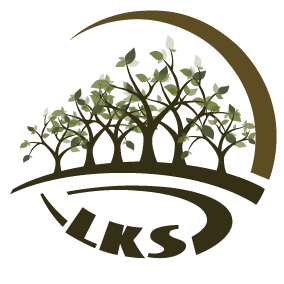Subtitle: As smart toys conquer global markets, manufacturers face a complex web of international regulations that are reshaping sourcing decisions and supply chains.
The global surge in demand for AI-powered toys—from interactive robots to intelligent learning tablets—presents a golden opportunity for exporters. However, beneath the surface of this booming market lies a formidable and often underestimated challenge: the dramatically escalating cost and complexity of data privacy compliance. For international buyers and manufacturers alike, navigating this new landscape is no longer a side concern; it has become a central factor in product development, sourcing, and risk management.

From Playthings to Data Hubs: Understanding the Risk
Modern AI toys are no longer simple plastic and circuits. They are sophisticated data collection devices equipped with microphones, cameras, sensors, and internet connectivity. They can learn a child's name, recognize their voice, and adapt to their preferences. This functionality, while innovative, places these products under intense scrutiny from regulators in key markets like the European Union and the United States.
"The conversation with our overseas clients has completely shifted," notes a product manager from Ruijin Baibaole E-Commerce Co., Ltd., a supplier of educational toys. "Five years ago, the top questions were about unit cost and MOQ. Today, their first questions are about our data security protocols, compliance with GDPR and COPPA, and whether we have third-party certification for our data handling. The definition of a 'safe toy' has been fundamentally rewritten."
Deconstructing the Compliance Cost Iceberg
The "invisible" costs of bringing a compliant AI toy to market are significant and multifaceted, often catching unprepared businesses off guard.
Technical Redesign and Secure Infrastructure: Building data privacy in from the design phase is paramount. This requires investing in secure software architecture, implementing robust encryption for data both in transit and at rest, and developing systems that collect only the minimum data necessary for the toy to function (data minimization). This often means hiring expensive cybersecurity and software engineering talent.
Legal and Certification Expenses: Navigating the patchwork of global regulations is a legal minefield.
- The EU's General Data Protection Regulation (GDPR) mandates strict consent mechanisms, data subject rights (like the "right to be deleted"), and requires data protection impact assessments.
- In the U.S., the Children's Online Privacy Protection Act (COPPA) requires verifiable parental consent before collecting data from children under 13 and imposes strict data retention and deletion rules.
Non-compliance can result in fines reaching millions of euros or dollars, making expert legal counsel not an option, but a necessity.
The Supply Chain Audit: Savvy importers are now conducting deep due diligence on their manufacturing partners. They require proof of certified data security practices down the component level. A manufacturer's ability to demonstrate adherence to frameworks like ISO/IEC 27001 (Information Security Management) is quickly becoming a prerequisite for landing major contracts, adding another layer of audit and certification cost.
Transparency and Ongoing Obligations: Compliance is not a one-time event. Manufacturers must create clear, comprehensive privacy policies tailored for parents, establish procedures for handling data deletion requests, and maintain vigilant security monitoring. This creates ongoing administrative and operational overhead.
A New Sourcing Checklist for the AI Era
For importers, the strategy for sourcing AI toys must evolve. The key lies in partnering with suppliers who view compliance as a core competency, not an afterthought. The essential checklist now includes:
Demand a Clear Data Map: Ask suppliers to explicitly outline what data is collected, how it is processed, where it is stored, and who has access to it.
Verify "Privacy by Design": Ensure data protection is integrated into the product's initial design, not patched in later.
Request Independent Audits: Prefer suppliers who can provide reports from independent third-party security audits.
Scrutinize the Partner Ecosystem: If the toy uses third-party software or cloud services (e.g., for voice recognition), verify that these partners are also compliant. The importer's liability does not stop at the factory gate.
Conclusion: Compliance as a Competitive Advantage
The initial boom of the AI toy market is giving way to a more mature, regulated phase. The heightened costs of data privacy compliance are indeed a barrier to entry, but they also present a significant opportunity. For manufacturers who invest early and thoroughly in building secure, transparent, and compliant products, this new "hidden hurdle" becomes a powerful competitive advantage—a tangible mark of quality that builds trust with global retailers and end-consumers alike. In the end, the toys that will truly win in the international marketplace will be those that are not only intelligent in their play but also impeccable in their protection of the children who use them.
Post time: Nov-05-2025



